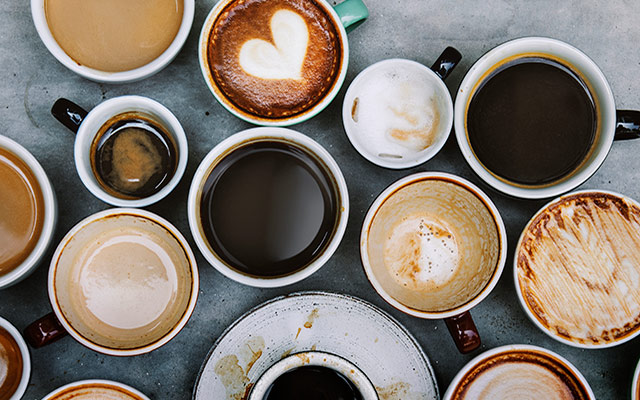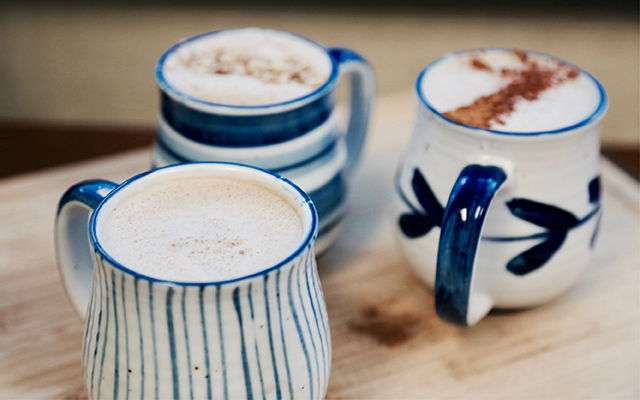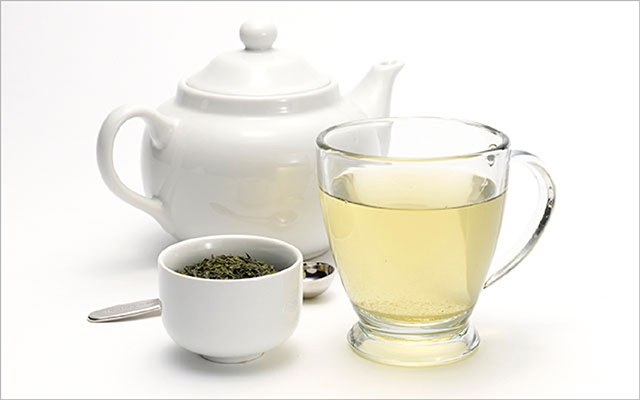Our morning cup of coffee or tea is so anticipated, so beloved, so essential to our lives that many of us consider it a cup of concentrated sunshine.
What that caffeinated coffee or tea really is, according to journalist Michael Pollan, is the world’s most widely used psychoactive drug. “This little molecule has 90 percent of people on Earth pretty much addicted,” he says in his new audiobook Caffeine: How Caffeine Created the Modern World. “And it’s the only psychoactive drug we routinely give to children, commonly in the form of soda.”
In fact, caffeine is such a pervasive element of most of our lives that we take it for granted. “It isn’t just a drug; it is an experience,” he says. “It’s a set of aromas, a set of flavors, it’s a set of social practices.” And being influenced by caffeine is our baseline, default mode. “The particular quality of consciousness it sponsors in the regular user feels not so much altered or distorted as much as normal and transparent,” he explains.
So, to look behind the curtain and assess caffeine’s effect, Pollan forced himself to go cold turkey on his daily coffee and tea.
“It was very hard to do: It felt like I had ADD,” he reports. “All these distractions from the periphery kept coming into the center of my attention and I couldn’t achieve that kind of spotlight consciousness that you really need to write.”
During withdrawal, he suffered headaches, fatigue and lethargy, various flu-like symptoms, an all-round “muzziness,” decreased motivation, irritability, loss of confidence, and dysphoria. It was the polar opposite of euphoria; the world simply wasn’t as bright and interesting.
“People who’ve been drinking caffeine routinely for most of their lives have no idea what a powerful drug it is until you get off — and get back on,” he says. And after avoiding caffeine for three months, his first cup of coffee was simply “mind-blowing.” Sipping it, he asked himself, Wow, this stuff is legal?
Pollan examines the pros and cons of our love for the caffeine molecule, 1,3,7-Trimethylxanthine: how it has influenced a range of things, including economic growth, imperialism, and slavery, as well as inspiring science, art, and literature.
Plus, caffeine offers health perks as well. “Because people enjoy coffee so much we assume there’s something really evil about it. There has to be — it can’t be that simple,” he says. Scientists have been searching for health problems to associate with caffeine since the 1650s, when coffee was first popularized in Europe. But research has found the opposite: Regular coffee consumption is associated with decreased risk of several cancers, cardiovascular disease, type 2 diabetes, Parkinson’s, and possibly depression and suicide. Coffee and tea are also the leading source of antioxidants in our diet.
In addition, caffeine boosts our mental and physical performance “on a range of cognitive measures of memory, focus, alertness, vigilance, attention, and learning. . . . It also enhances physical performance on such metrics as time trials, muscle strength, and endurance.” But, Pollan notes, the difficulty in doing such research is finding a “control group of noncaffeinated people and as so many people drink coffee and tea and chances are a placebo group is in the throes of caffeine withdrawal.”
Does caffeine also enhance our creativity? Perhaps not.
“Caffeine improves our focus and ability to concentrate, which surely enhances linear and abstract thinking, but creativity works very differently: It may depend on the loss of a certain kind of focus and the freedom to let the mind off the leash of linear thought,” he says.
Still, he concludes, “It’s an amazing drug in that it gives you energy without calories.”
And yet Pollan reports that caffeine is the chief culprit in an invisible public-health crisis — Americans are sleep deprived, both in quantity and quality. “Caffeine itself might not be bad for you, but the sleep it’s stealing from you could be deadly,” he says.
“Here’s what’s uniquely insidious about caffeine: The drug is not only a leading cause of our sleep deprivation, it is also the principal tool we rely on to remedy the problem. Most of the caffeine consumed today is being used to compensate for the lousy sleep for which caffeine bears responsibility, which means that caffeine is helping to hide from our awareness the very problem that caffeine creates.”
For his part, Pollan is now trying to use coffee and tea as a “tool,” drinking it primarily on Saturdays to keep its mind-blowing aspect fresh and unique. So far, so good, he reports — until he smells that aroma. “I had broken free of caffeine’s grip — or so I liked to think.”
How Caffeine Perpetuates Coffee and Tree Plants
Coffee plants originated in East Africa and southern Arabia, tea in southwest China. But since the discovery of their mind-altering component, caffeine, they have been cultivated around the globe and have become two of the world’s most successful plants, along with corn and edible grasses, such as rice and wheat.
“Over the course of their evolution, coffee and tea figured out how to produce a chemical that happens to addict most of the human species,” journalist Michael Pollan notes in his new audiobook Caffeine: How Caffeine Created the Modern World.
The plants produce caffeine as a defense mechanism: It has herbicidal properties to protect the plants and, in high doses, is lethal to insect predators. But caffeine is also present in the plants’ nectar in low doses, where it lures pollinators — and maybe even drugs them — to work to perpetrate the species.
“It’s an eerily familiar story: A credulous animal duped by a plant’s clever neurochemistry into acting against its interests,” Pollan says.
But consider how coffee and tea plants have addicted some 90 percent of humans with caffeine and gone on to become supremely successful in propagating themselves. “An uncomfortable question arises,” Pollan states. “Could we humans be in the same boat as those hapless bees? Have we too been duped by caffeinated plants, not only to do their bidding, but to act against our interests in the process? Who’s getting the best of our relationship?”




This Post Has 0 Comments